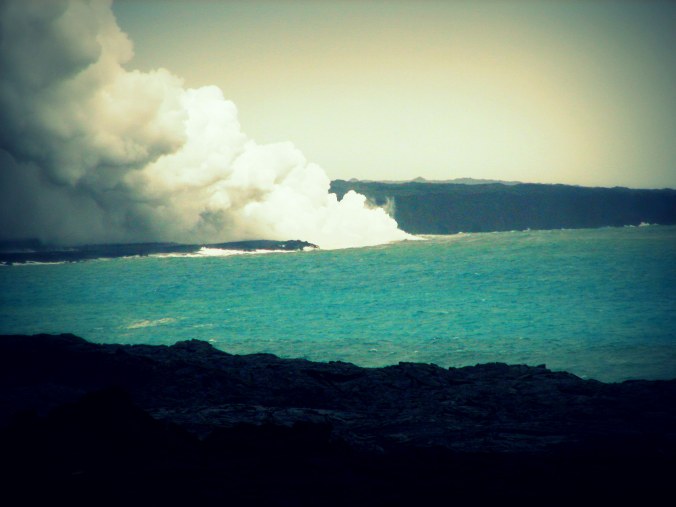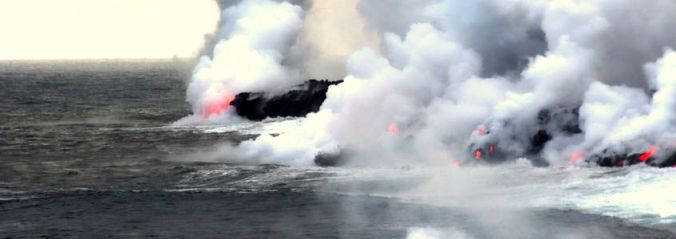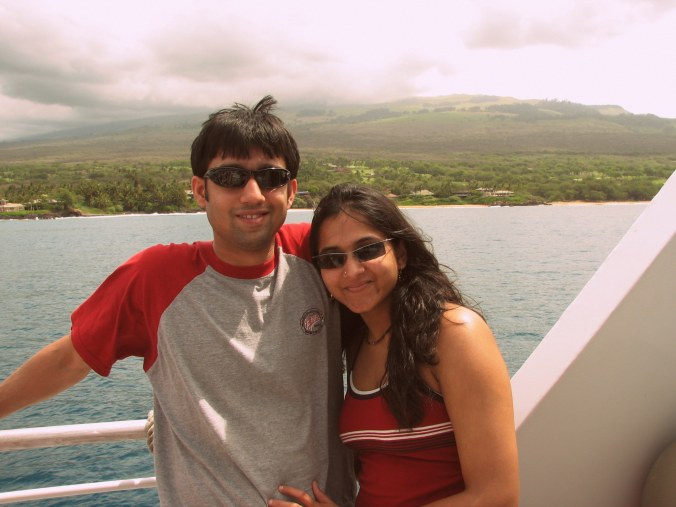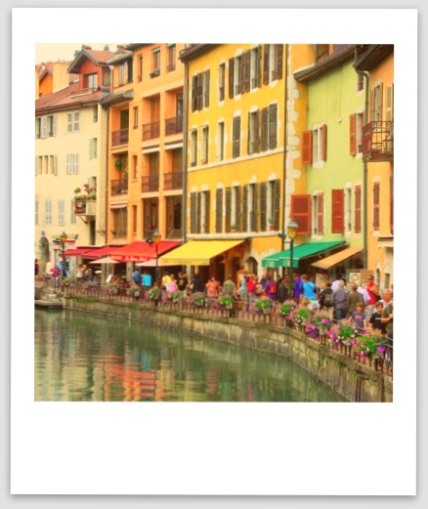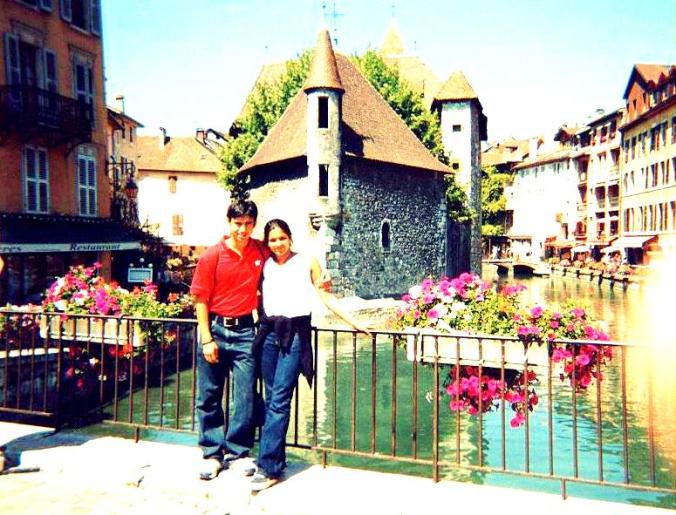“The Island of Lotuses” sounds like a dreamland right? Indeed, it is one, it is the breathtaking Sri Lanka. Sri Lanka is filled with lush landscapes, rising mountains, thick forests, and lakes with gushing waters. It is famously called the Pearl of the Indian Ocean. We visited this lovely island a month ago and since I have been waiting to write about it. This post has all the best experiences I had while we traveled through its meandering roads passing through the most dense forests and enjoying the food all along.
Reservoirs of the Island
“Let not even a drop of rain water go to the sea without benefiting man”, were the words of Parakrama Bahu the Great. It is said that the first great reservoirs ever in the world were built in Sri Lanka. This island today has around 12,000 ancient small dams & 320 ancient large dams together with thousands of man-made lakes. Hence all over the landscape one sees small water bodies with gushing waters that help rice grow abundantly.
The Lotus Land
Since the Sri Lankans don’t waste a drop of water, they don’t waste plucking their lotuses as well. Almost all lakes and ponds on the island are full of lotuses. Bright pinks and purples, serene whites and gorgeous reds flaunt their charm in the abundant waters. I was amazed to see how easy they grew all over and how they were so beautifully offered to the Lord Buddha. According to esoteric Buddhism, the heart of the beings is like an unopened lotus and is one of the eight auspicious signs of Buddhism.
Magic of Patangi
Patangi wood is used since ancient time for colouring in Sri Lanka. Its the most amazing wood I have ever seen. If added to hot water it provides a red colour; adding lemon will turn the colour into yellow; adding shell lime or Calcium will provide a purple colour. It just doesn’t stop changing colours! It is used as a natural dye to colour rugs or wood carvings which Sri Lanka is most famous for.
Devour, Slurp and Enjoy…
Sri Lanka is a food lovers dream. We were very excited to try different dishes. Spice and flavors, diverse assortment of fresh fruits and vegetables, and heavy usage of the coconut was what we experienced through our trip. I am gonna write about the ones I enjoyed the most…
Hoppers! I love the name and the dish even more! Hoppers or appa are a typical Sri Lankan breakfast. Thin pancakes with crispy edges made from rice flour, coconut milk and palm toddy or yeast. Wonderfully versatile they work with eggs, curries, chicken and vegetables. My favourite is an egg nestling in it.
Lamprais is an exquisite accomplishment in Sri Lanka’s diverse and fascinating cuisine. This delicacy includes a savory rice with onions and spices in butter or ghee rice and then cooked in a meat stock. Lamprais which originated during the Dutch rule consisted of lamb, beef and pork. But today most commercially made Lamprais have substituted Lamb with Chicken. And all of the above are lovingly wrapped in lightly toasted Banana leaves to make it a whole meal. Its simply delicious!
Kotthu was one of the best eats on my list. A typical street food which had flaky roti bread chopped with vegetables, meats, and/or eggs, resulting in a fried-rice-like dish. The chefs make it with a rare rhythm and performance. It’s a delightful little package.
So this was a small post on my travel through the country. All these above things fascinated me and I thought I should share it with you. Along with the rich scenic beauty, we also sailed through the ancient Sri Lankan architectural monuments of Anuradhapura, Polonnaruwa, Sigirya etc. It was an unimaginable experience and would love to share more on this country soon…
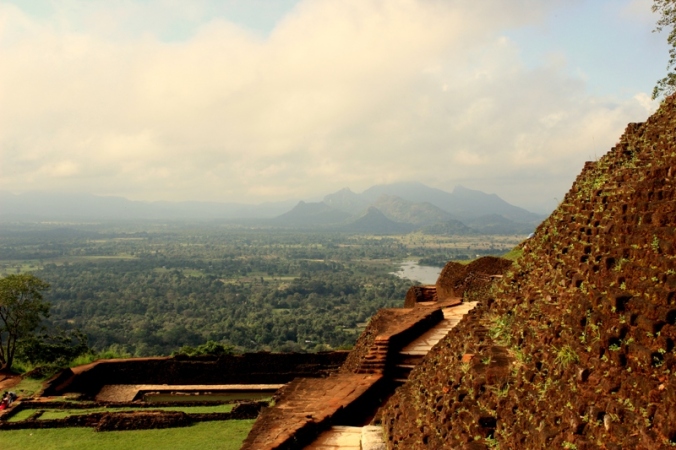


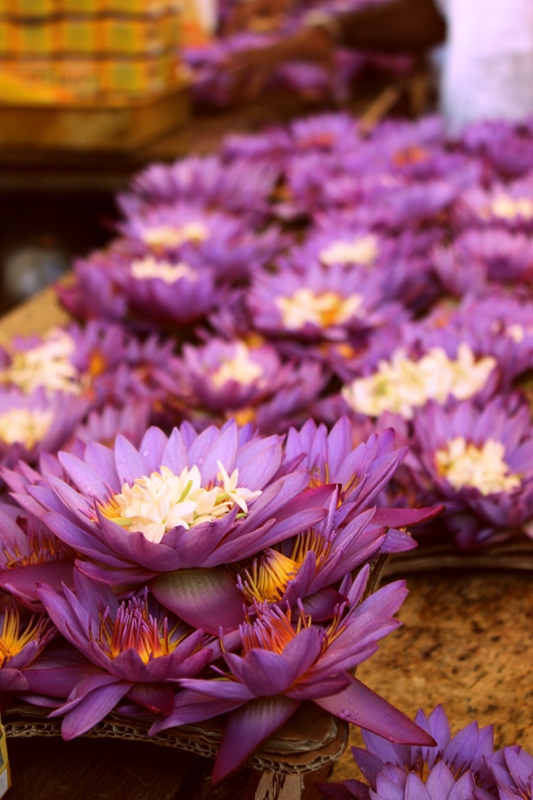

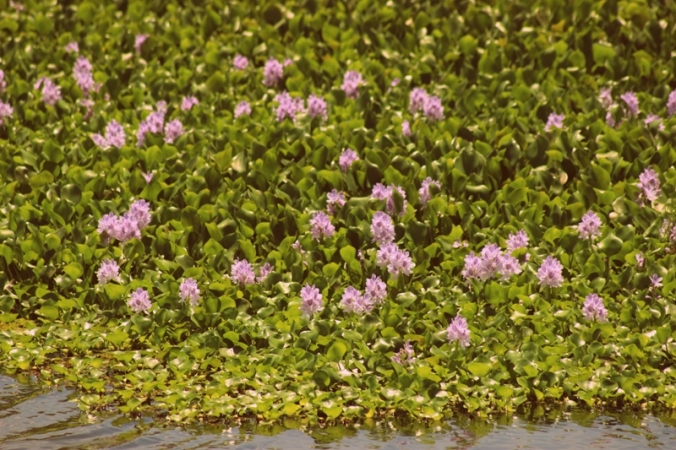

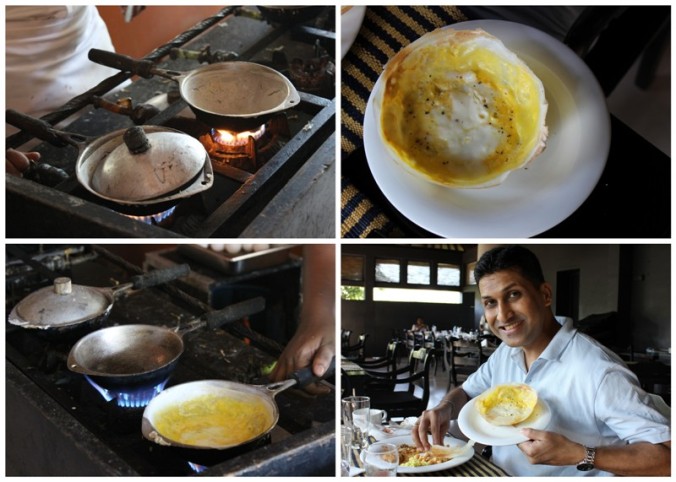
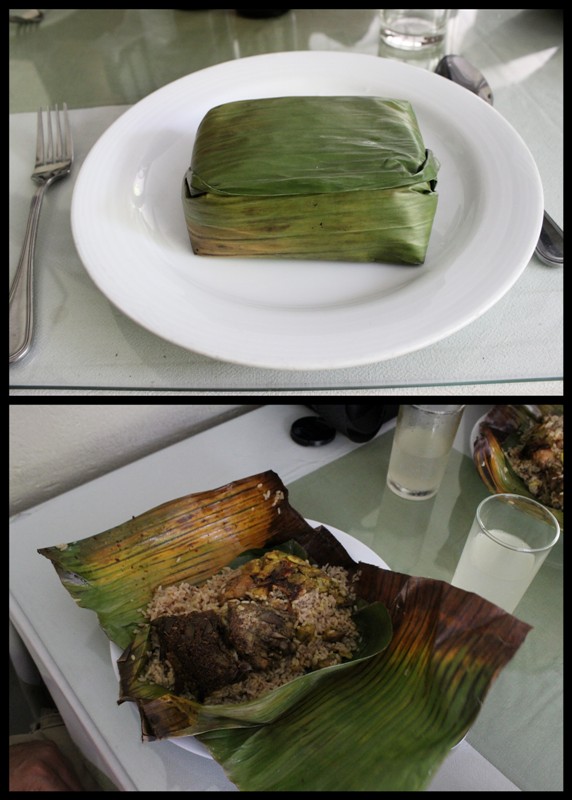


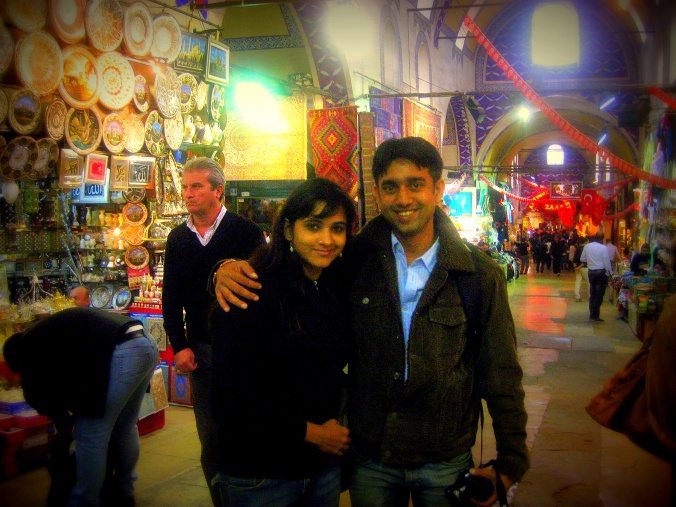
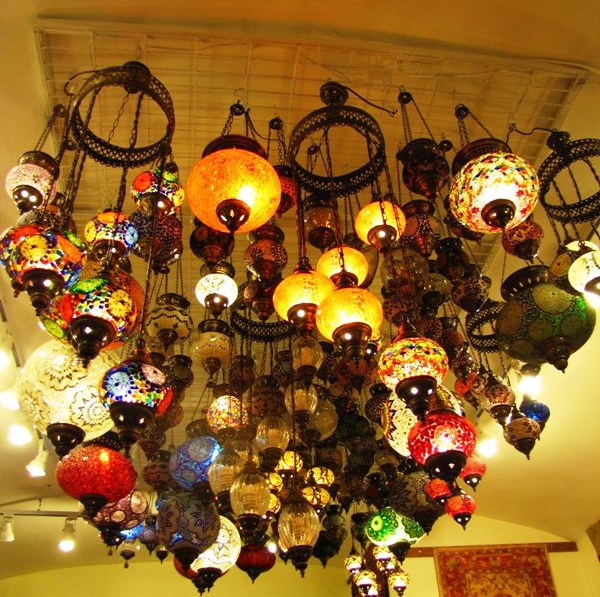
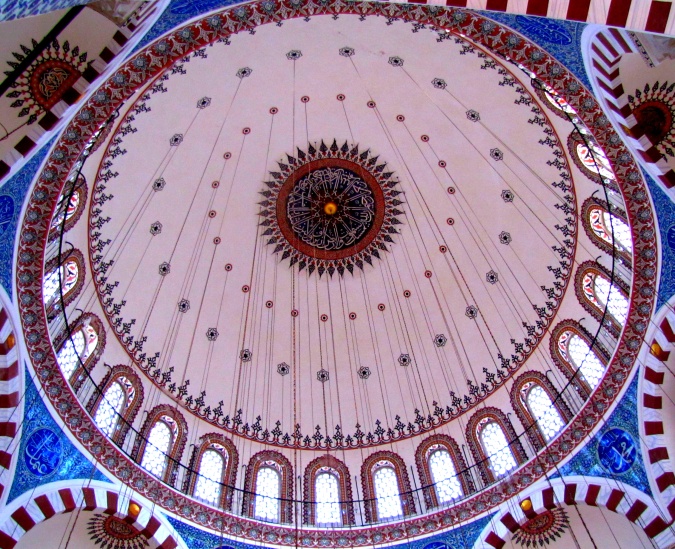
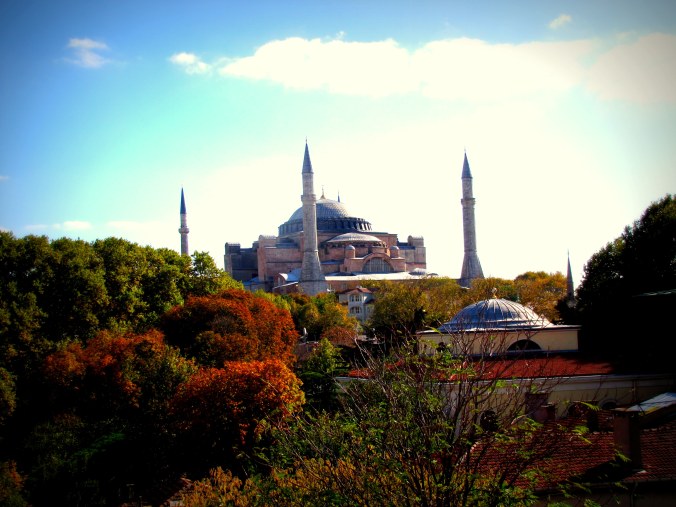





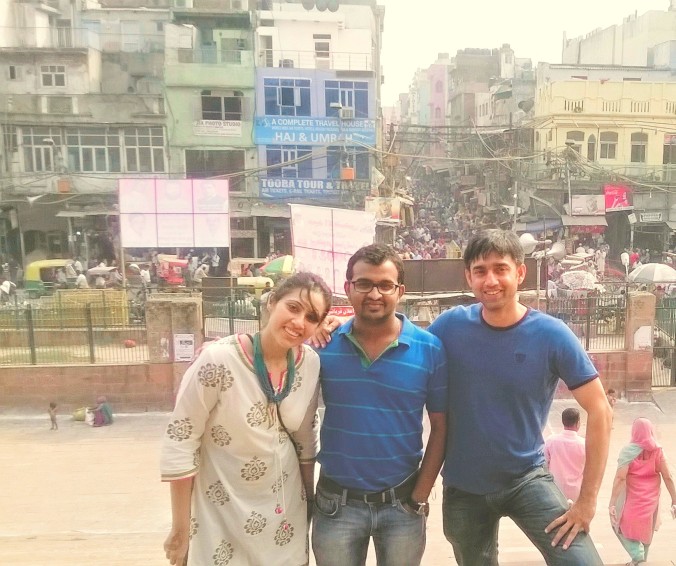

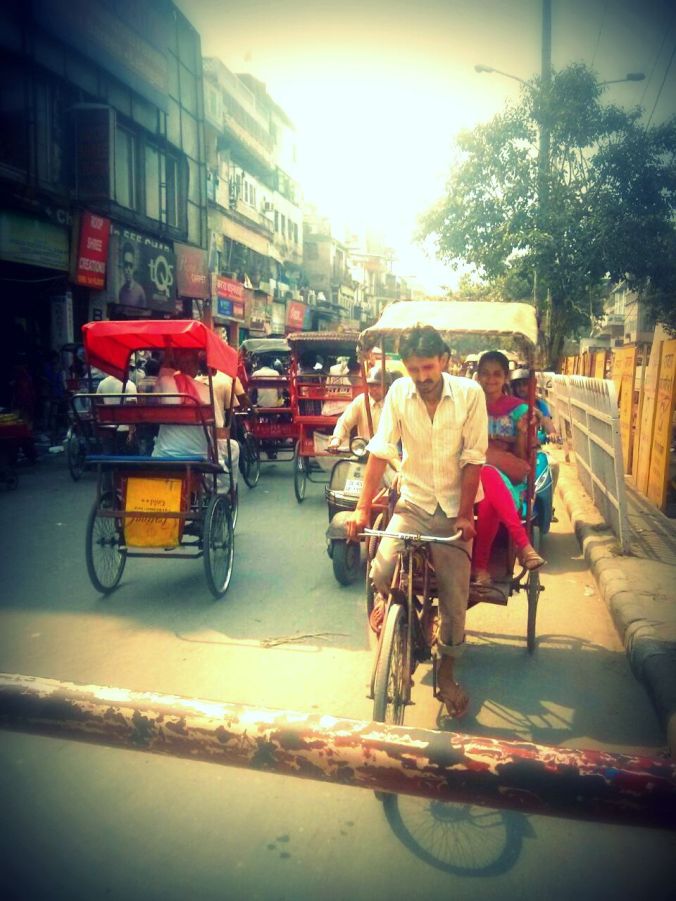
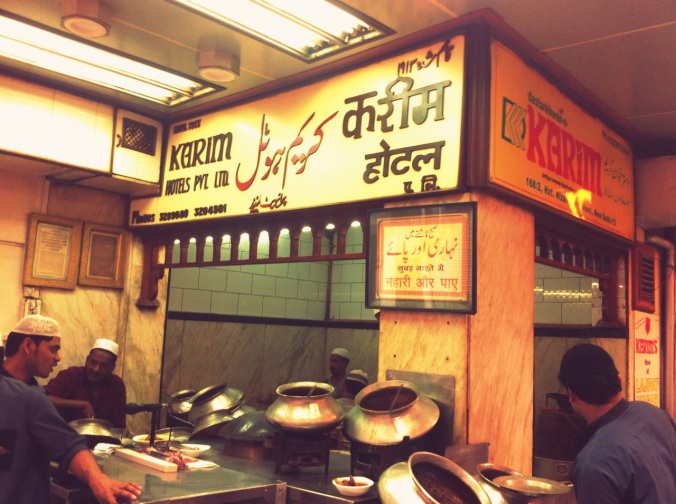





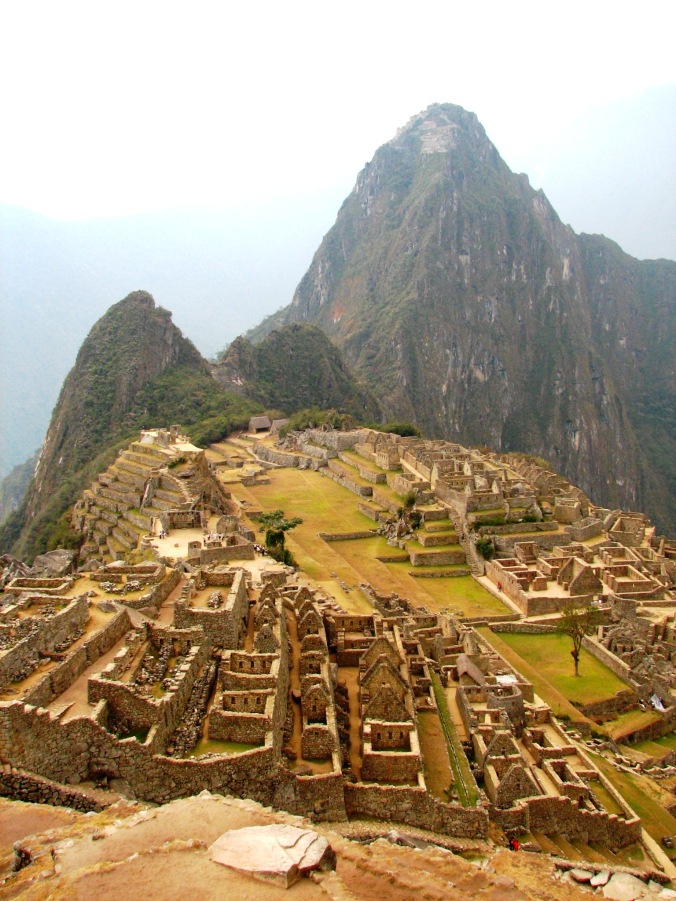




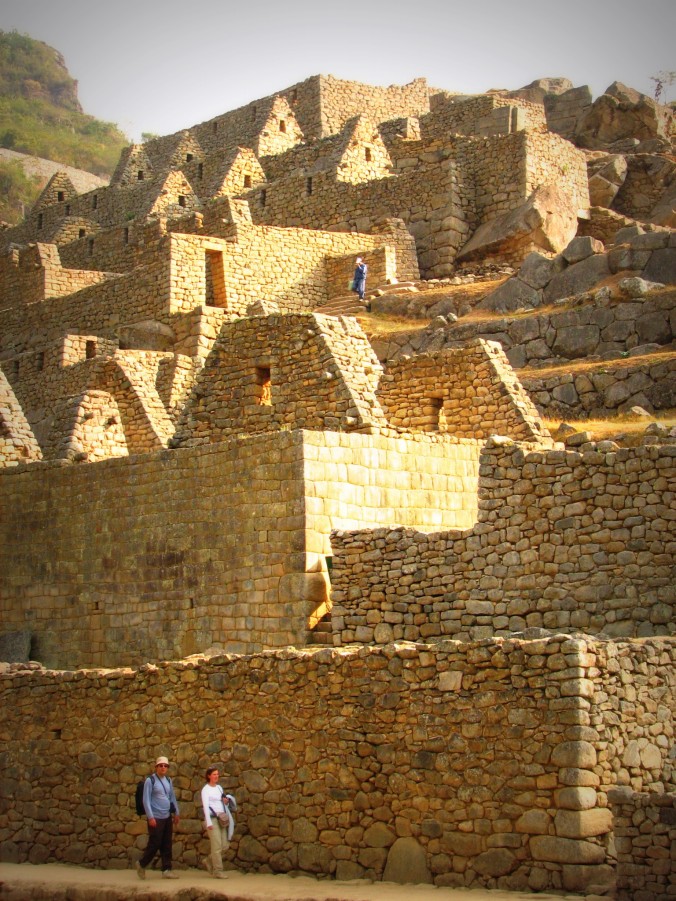









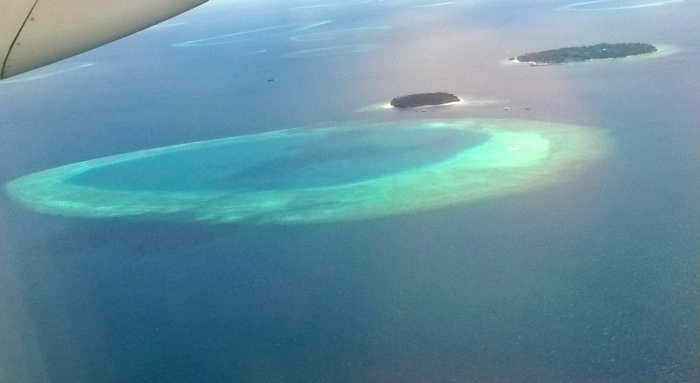
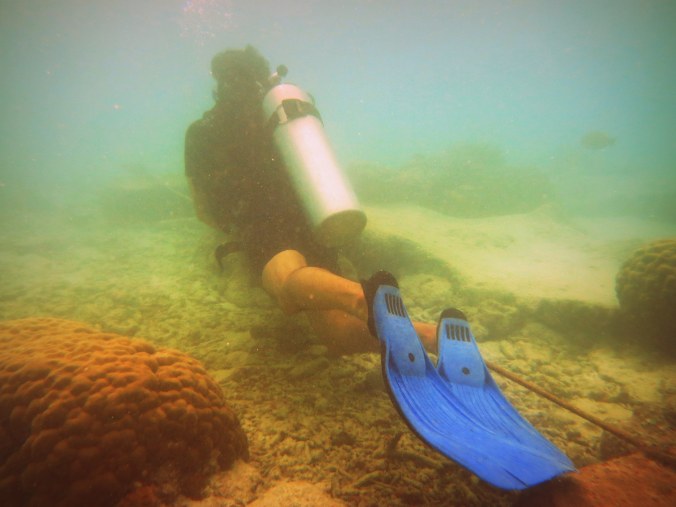
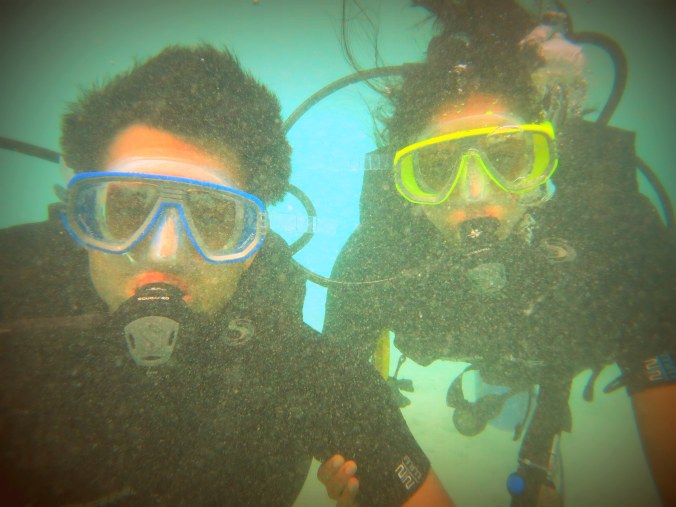
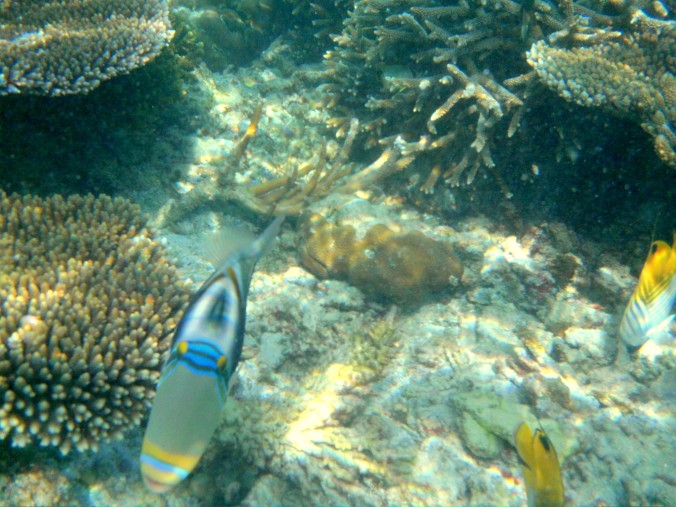





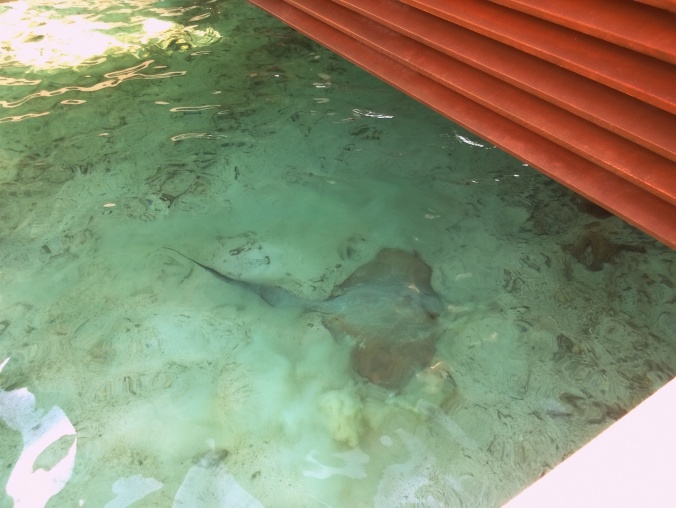
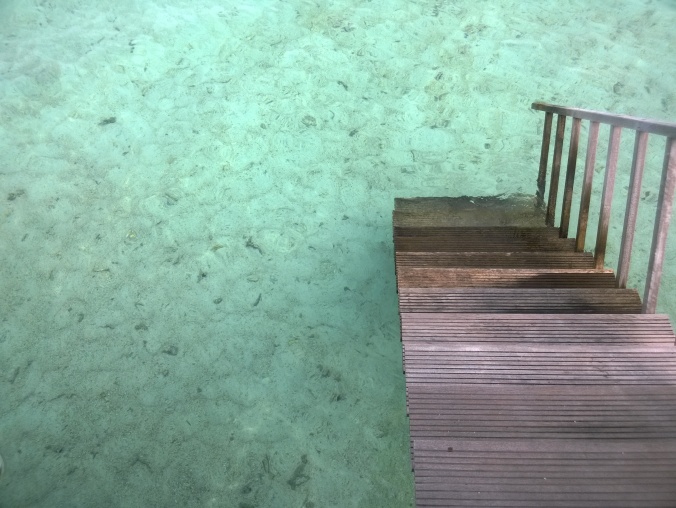



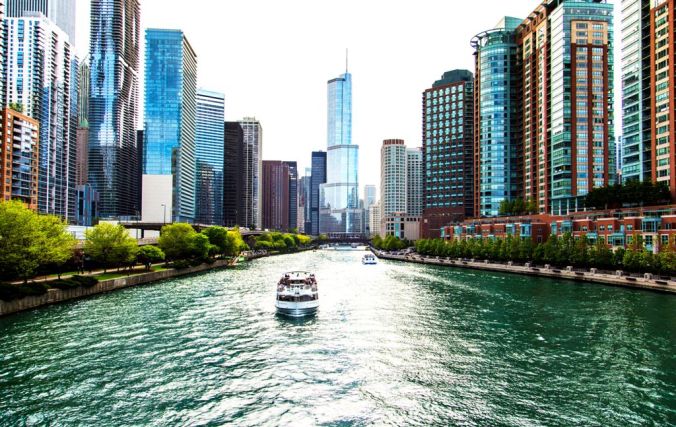
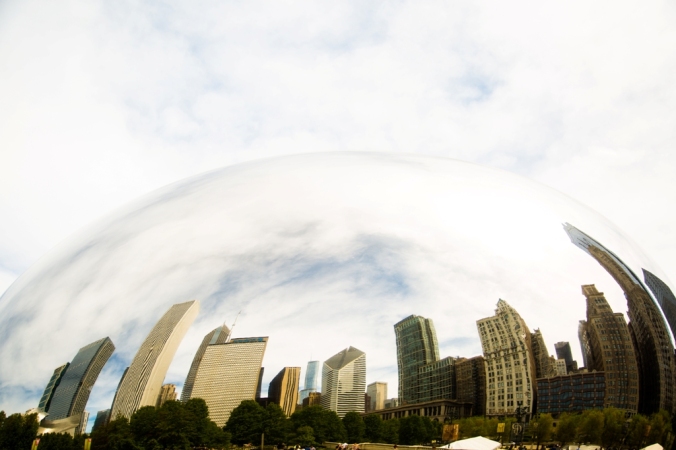





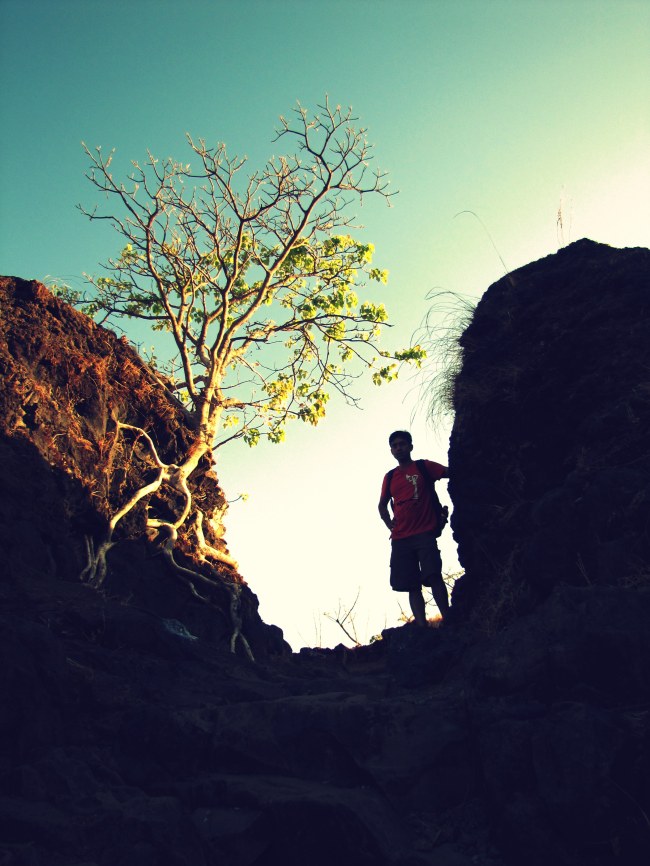



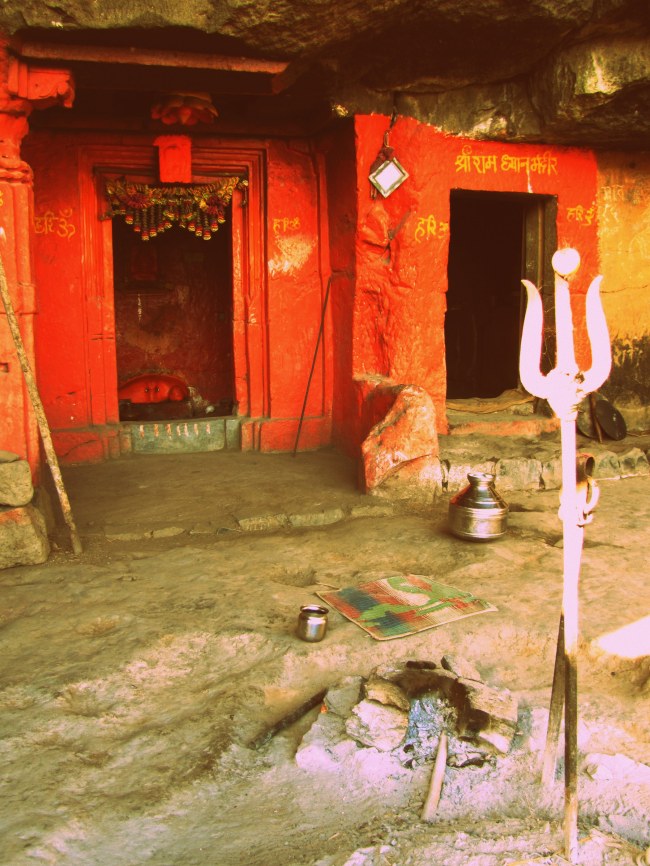

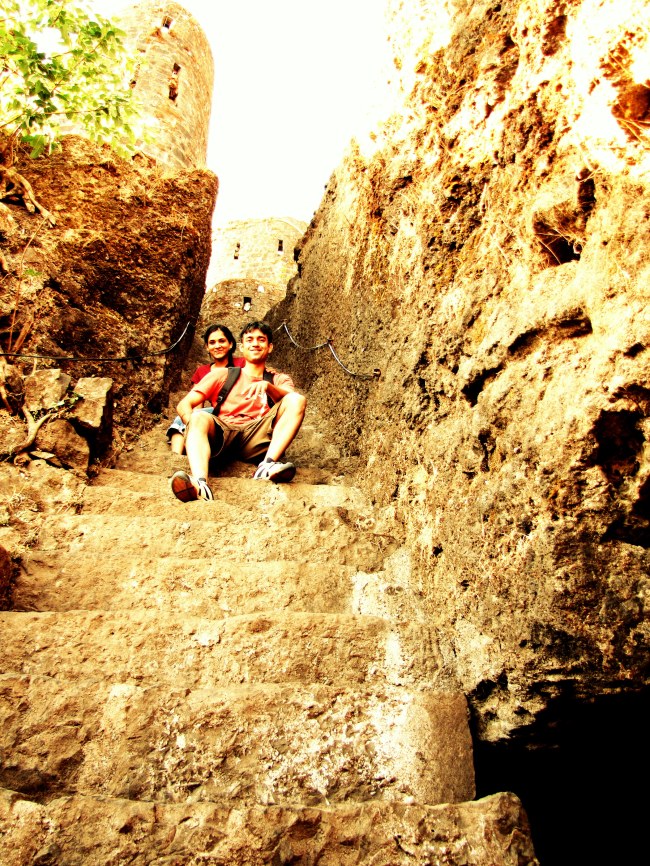

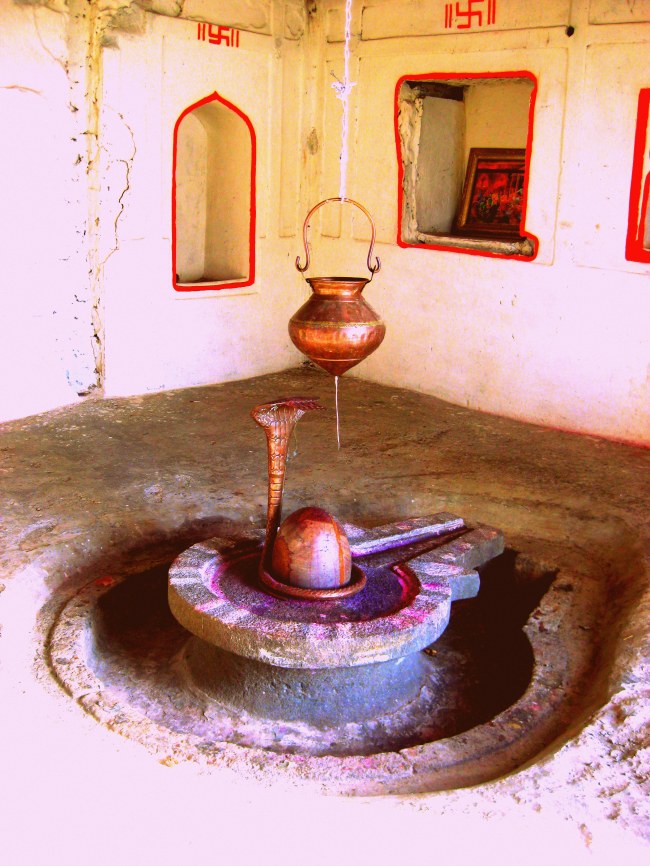

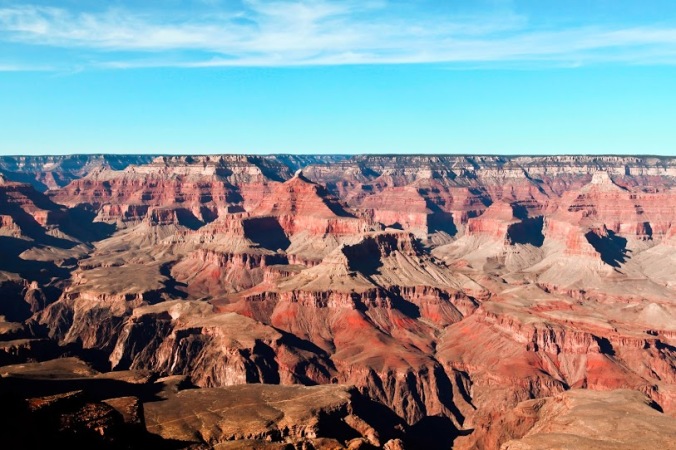



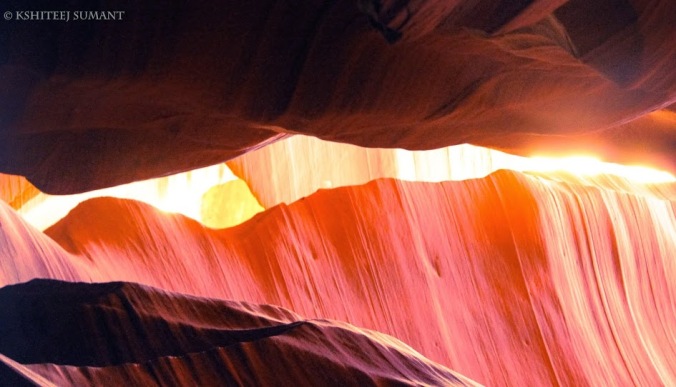
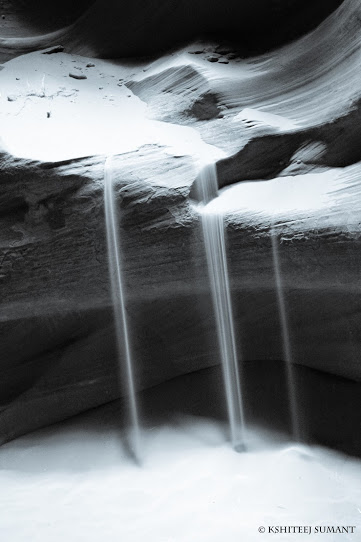



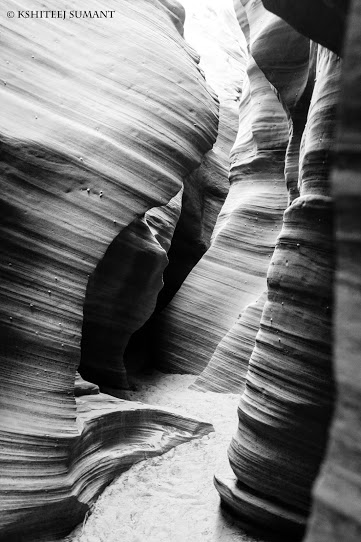
![7301re2[1]](https://soniarevankar.files.wordpress.com/2014/05/7301re21.jpg?w=676)



